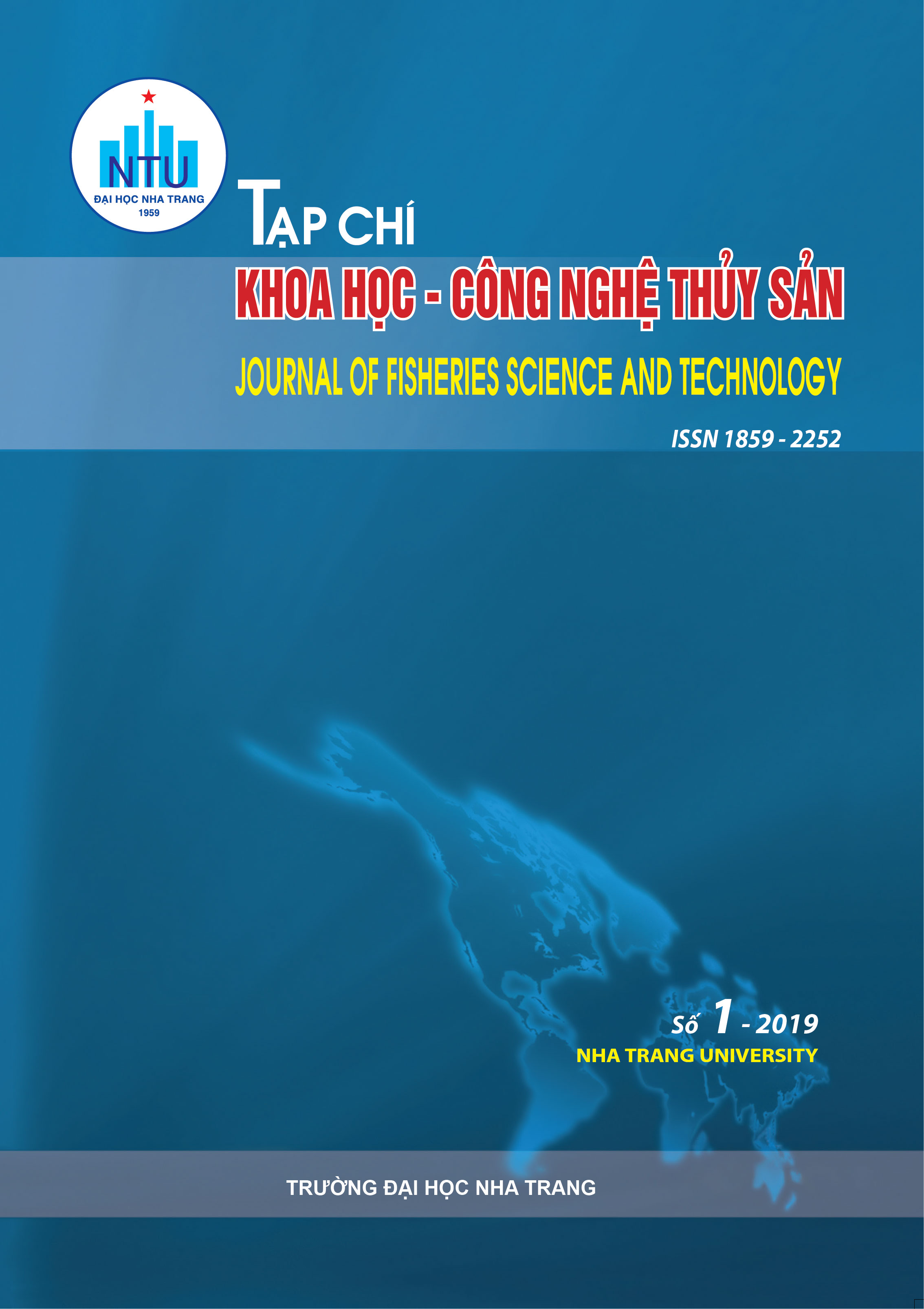##plugins.themes.huaf_theme.article.main##
Abstract
The article presents the research results of the selective ability of stow net shrimp fishery by codends with different mesh shapes and mesh sizes. The study used a controlled trial method to evaluate the ability to select between the codend with the mesh size fitness of government’s regulation (M2), the bycatch reduction device (M3 and M4) by square mesh and traditional stow net (M1 – the mesh size smaller than the government’s regulation). The selectivity parameters were evaluated by Wileman’s method.
Research results show that, when using M2, M3 and M4, the catches of shrimp decreased by 10.83%, 14.93% and 24.33% compared to traditional fishing gear (M1) while the total catches of fishing operation is not significantly reduced, respectively 3.55%, 9.25% and 20.57% of catches. The number of individual shrimps escaping from the codends M2, M3 and M4 is 17.15%, 25.08% and 25.77% compared to M1. The length of shrimps with the probability of 50% being trapped in the codend (L50) of M1, M2, M3 and M4 is 4.12cm, 4.78cm, 5.55cm and 6.06cm respectively. In addition, square meshes have a higher selectivity than diamond mesh codend when the mesh size is the same.

